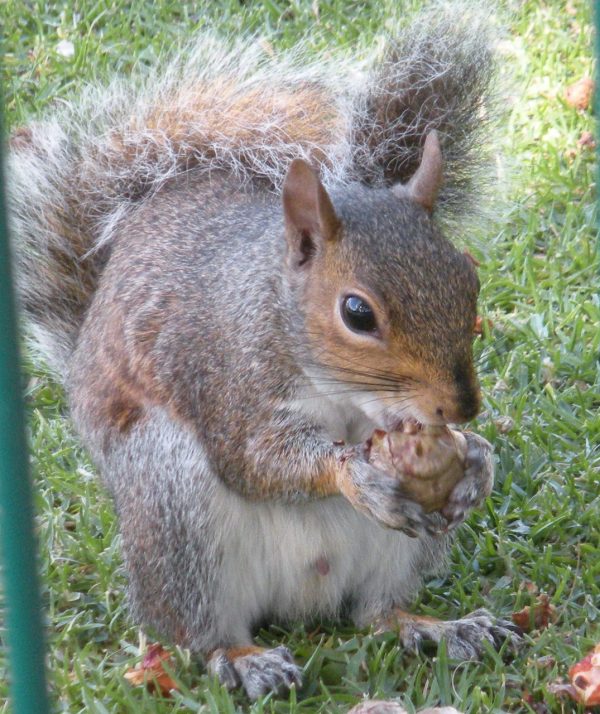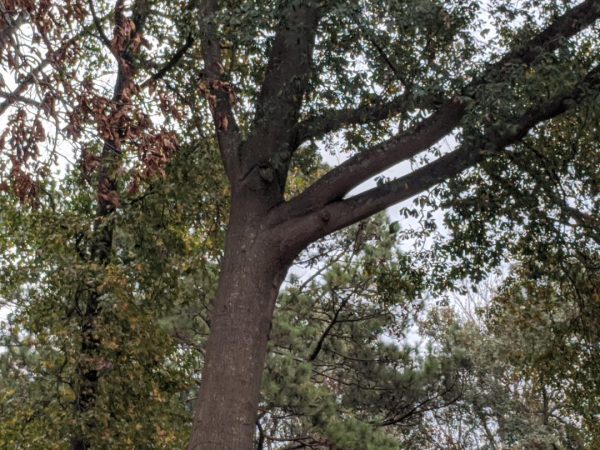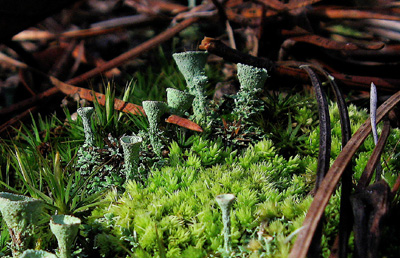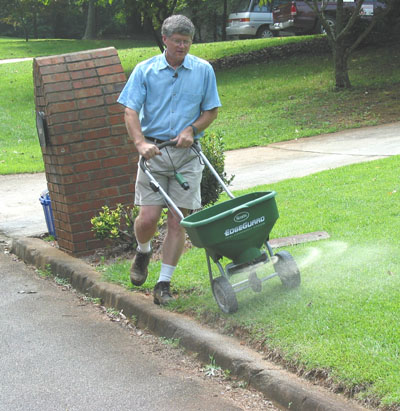Squirrel – Control

Squirrels present us with one of the most vexing wildlife control problems. They will eat your garden vegetables with relish. The noise they make in an attic can be unnerving – especially in the middle of the night.
Perhaps you should listen to this song to make you smile before you go further.
The Mississippi Squirrel Revival by Ray Stevens
see also Tree Squirrel Control
The first step to squirrel control is to decide which kind of squirrel you have. The common gray squirrel makes noise at dusk and at dawn when they enter and exit an attic. The flying squirrel makes noise in the middle of the night, since they are nocturnal animals.
Once the kind of squirrel is determined, there are only two choices: block all holes so the animals can not get into the attic – or trap the animals and remove them.
NO REPELLENTS There are dozens of supposed repellents for squirrels. Cedar shavings, ultrasonic repellers, radios and all others do not work. Some, like mothballs, are harmful to our health.
Poisons are not recommended since sick squirrels tend to hide in walls. If one dies in a wall, it is very difficult to locate and remove.
LOOK FOR ENTRYWAY. It could be through the loose screen over your attic louvers or through a fallen knot-hole in your siding or the gap above your gutters where the roof overhangs. All access holes must be found and sealed. A flying squirrel can fit through a hole as small as a nickel coin. A gray squirrel can fit through a hole as small as a quarter. Holes can be sealed with wood, metal or 1/2 inch wire mesh.
Nail the material firmly over the hole. Tacks and light staples do not work.
Put a few bread crumbs covered with peanut butter in the attic afterwards to find out if a squirrel was inadvertently trapped inside.
It is also a good idea to limit access to the roof area. Overhanging limbs from nearby trees can be removed. An electrician can install slit 1 1/2″ plastic pipe over electric, telephone and cable TV lines running to the house. The pipe will rotate under an invading squirrel, throwing him off before he reaches the house.Wait outdoors for an hour at sunset to observe how the squirrels enter your attic.
TRAPPING If the squirrels can not be blocked out, trapping is the next step. Live cage traps can be purchased from hardware stores. Havahart and Tomahawk are two common brand names.
FLYING SQUIRRELS Traps for flying squirrels should be made of small mesh wire so they can not escape from the trap. Good baits include peanut butter, pecan meats and sunflower seeds. Before putting bait into the trap, put it near the trap in a saucer to let the animal become accustomed to the trap. After three days of feeding from the bait, place the saucer and food just inside the trap, without setting it. When the animals are used to eating from inside the trap, set it to catch the squirrel. If there are several flying squirrels in an attic, the process may take two or three weeks.
GRAY SQUIRRELS Gray squirrels are far more likely to be active outdoors during the day than flying squirrels. Rather than climbing into your attic to trap them, it is easier to trap them outdoors.
Set a live trap on a piece of cardboard and scatter birdseed around it. Birds will be attracted to the seed and they will attract the squirrels. Put seed inside the trap, beyond the trigger pan. When squirrels enter, they will be trapped. You will catch birds occasionally so be sure to check the trap often.
RELEASING SQUIRRELS see Squirrel – Relocation Problems
HIRE A PRO Commercial pest control companies can be hired to control animals on a short term basis. Look in the yellow pages under pest control to find a company that will do this for you.
Inevitably, though, squirrels will move back onto your property and discover your attic once more. Keep your live trap for next winter and keep your eyes peeled for squirrel entry holes.















